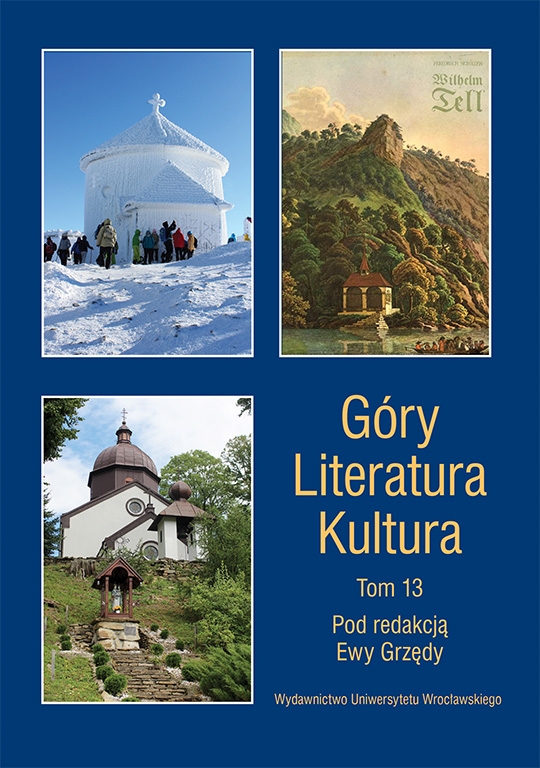

Rozprawy, studia, szkice

Zofia Urbanowska’s Róża bez kolców [Rose Without Thorns] planned and written by the author as a “fictionalised encyclopaedia of the Tatras” is a valuable source of information, which had its roots both in the Urbanowska’s own experiences associated with her visits to Zakopane filled with field studies, as it were, and meticulous note-taking, and in the literature on the subject, particularly Stanisław Witkiewicz’s Na przełęczy. It is possible to distinguish two levels of meanings in the image of the Tatras created by the author, meanings highlighted primarily in the dialogues of the protagonists, both fictional, belonging to the world presented in Róża bez kolców, and those modelled on real people (Witkiewicz, Matlakowski and others). The first of these levels of meanings is associated with an idea — journalistic in its origin — of popularising the Tatras and highland folklore, an idea defined as a “civic duty” leading, as it turns out in Urbanowska’s novel, to a kind of publicity for the (highest and most beautiful) Polish mountains. The second level is associated with a unique model — firmly established in the literary tradition — of “reading” the Tatra landscape with the help of the language of culture, for example by looking for similarities between natural objects and works of art, or in the writer’s attempts to interpret the symbolic meanings of natural images.